Search

Watch Closely for Weed Emergence
Cool, dry conditions have slowed weed emergence and growth, but dry conditions also have limited the activation of preemergent chemicals. Given this scenario, fields need to be scouted closely to ensure that weeds do not get away.
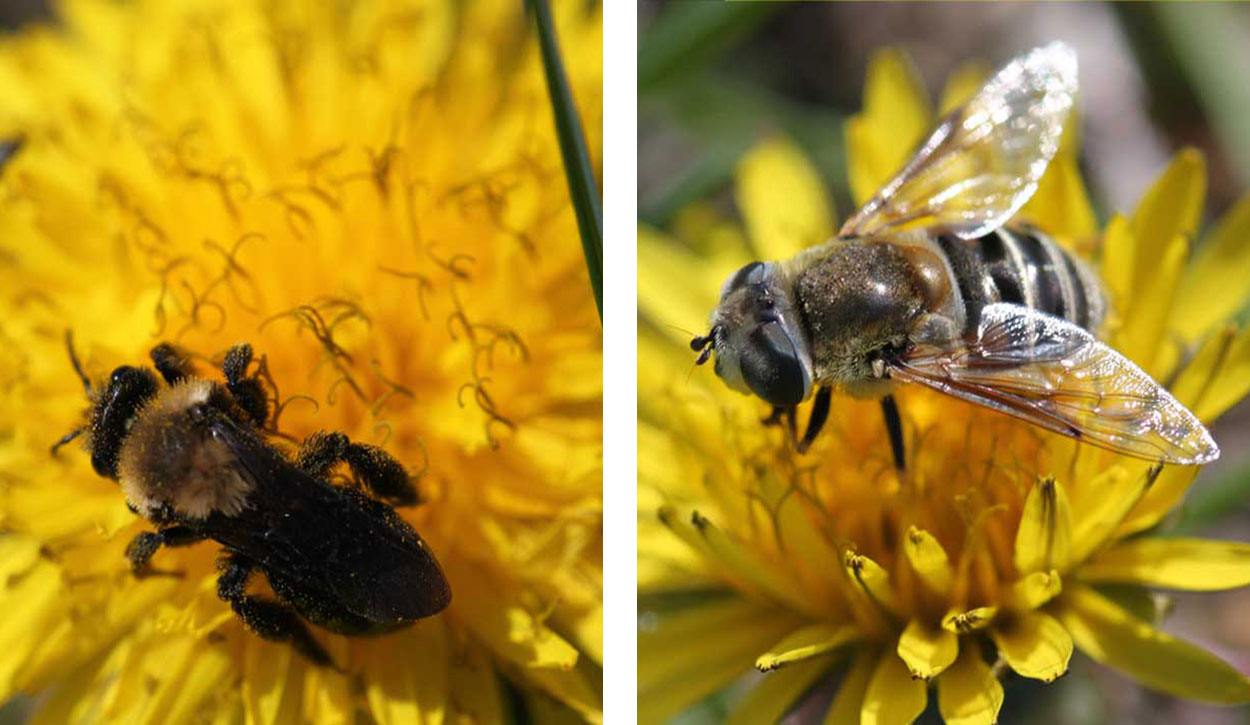
Should I Get Rid Of My Dandelions?
While there is much appeal to having a lawn that is free of other plants, there can be benefits to having some early-season diversity. Some weeds that are sprayed out of lawns, including dandelions, can serve as early-season food sources for pollinators.

Cabbage White Butterflies Are Here!
Keep an eye out for cabbage white butterflies in your garden. These butterflies lay eggs on the underside of the vegetable leaves. Once the eggs hatch, their caterpillars feed on cabbage, broccoli, Brussel sprouts, cauliflower, kale, turnips and radishes.
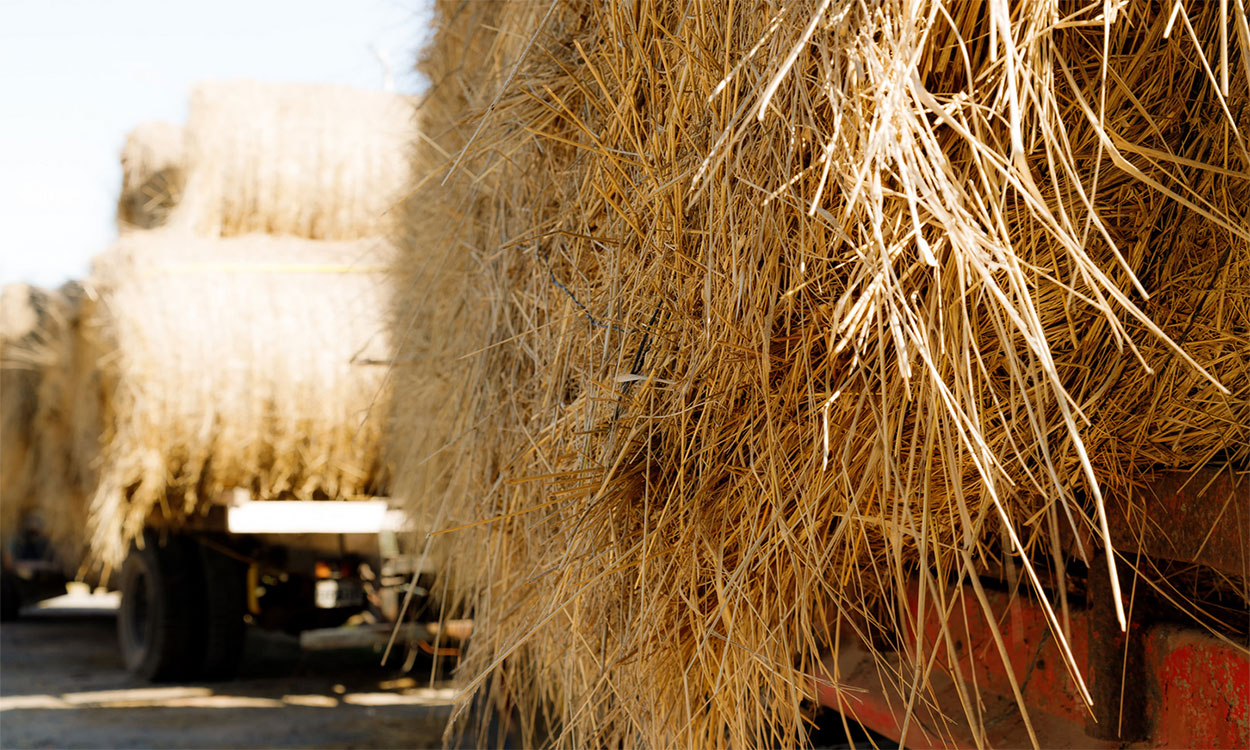
Haul the Feed or the Cows
Reduction in pasture forage availability may require producers to decide between hauling feed or hauling cows. Learn how to decide which option is best for your operation.
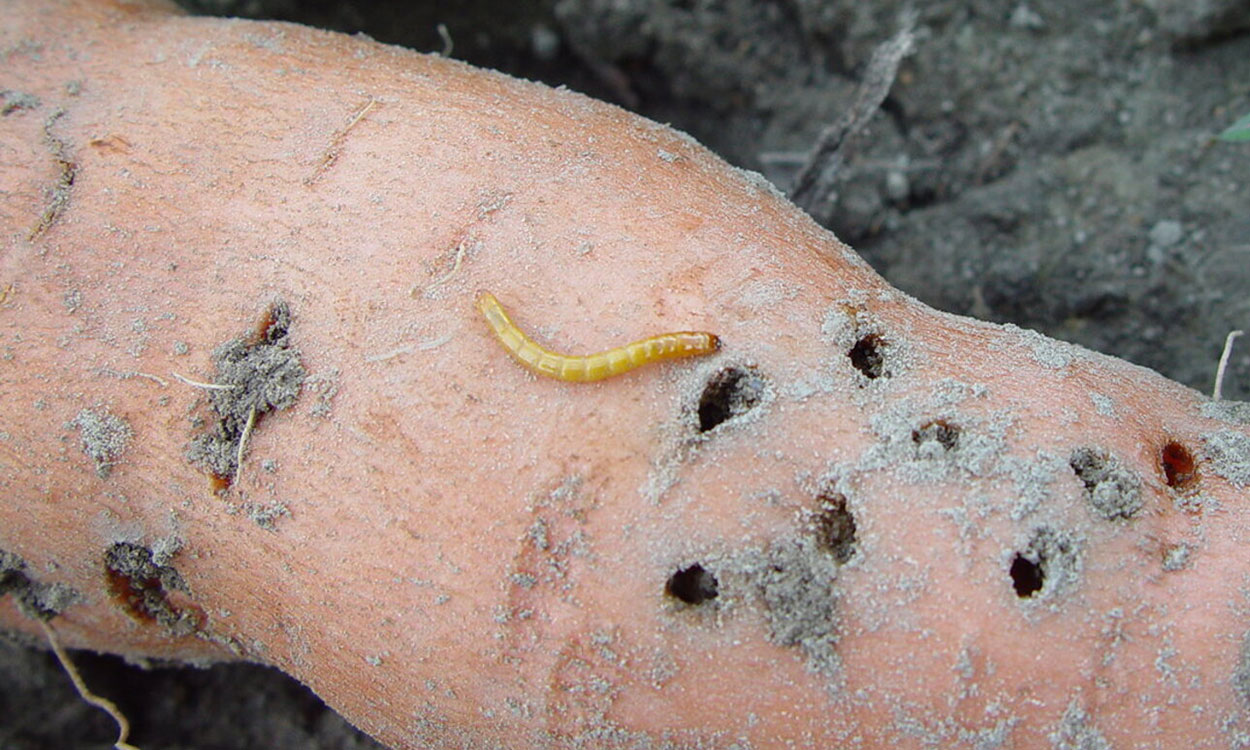
Wireworms in the Garden
With warming soil temperatures, overwintering wireworms have become active throughout South Dakota. Wireworms are soil-dwelling insects that can be pests of germinating seeds, seedlings and root crops.

2023 USDA Plant Hardiness Zones
Winter and spring are a great time for planning new garden and landscape designs. Learn how recent updates to the USDA Plant Hardiness Zones may have South Dakota gardeners feeling extra adventurous when selecting new plants for their gardens this season!
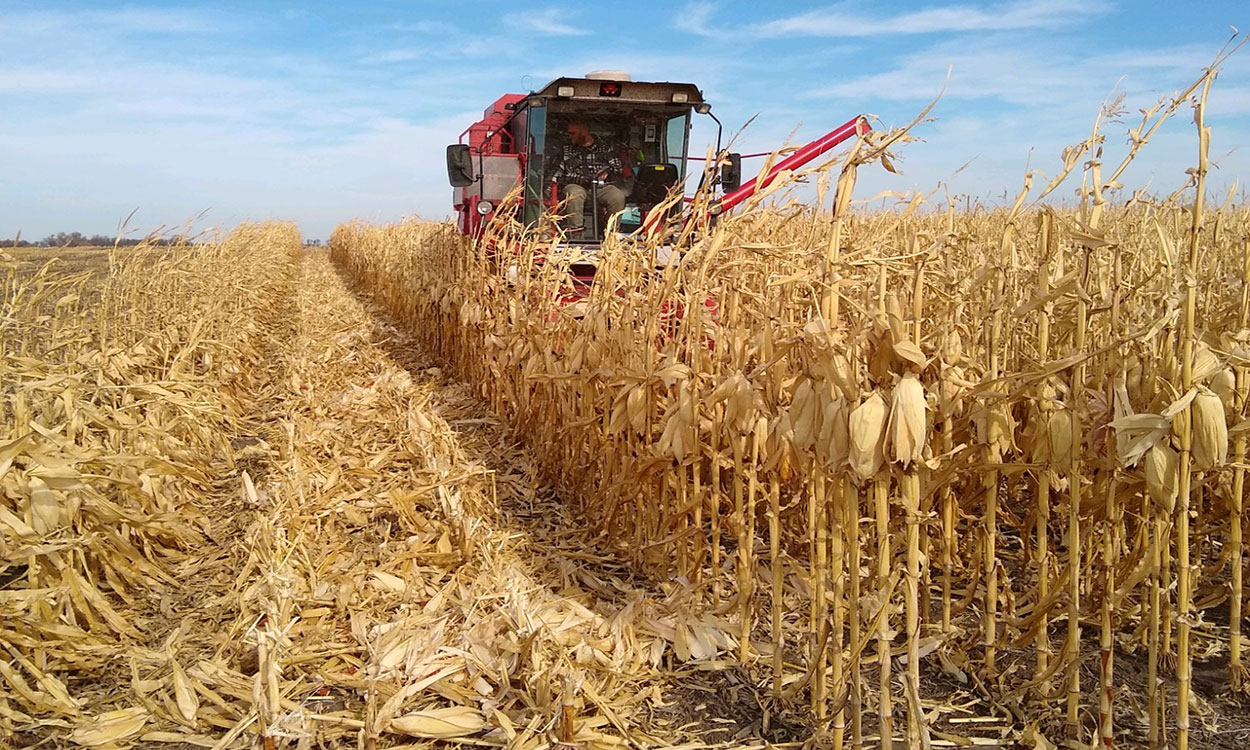
Using Data for Better Seed Selection
As harvest wraps up across the region, winter preparation and planning for next year begins. Yield trial results are a key component when making sound seed selection decisions.

Beets: How to Grow It
Beets are commonly grown for their bulbous roots, but their tops can also be harvested for greens, and they are an excellent source of Vitamin A as well as calcium. They grow best in the cooler temperatures of spring or fall.
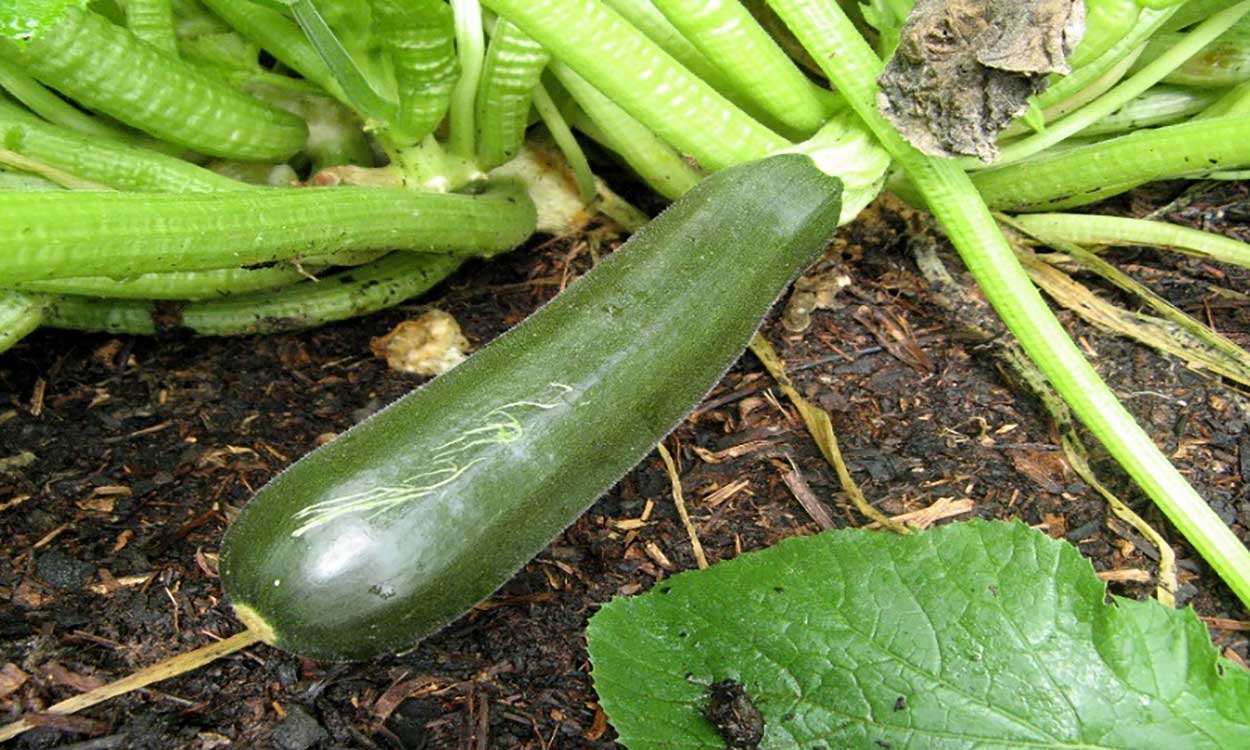
Summer Squash: How to Grow It
There are many types of summer squash, including the familiar zucchini (which can be green, green-striped, or yellow), crookneck, straightneck, patty pan and more.
SDSU Extension to Host Sustaining the Legacy Virtual Conference
November 13, 2020
SDSU Extension will host a Sustaining the Legacy virtual conference on December 2, 9 and 16 from 6:30 p.m. to 9:30 p.m. CST each evening.